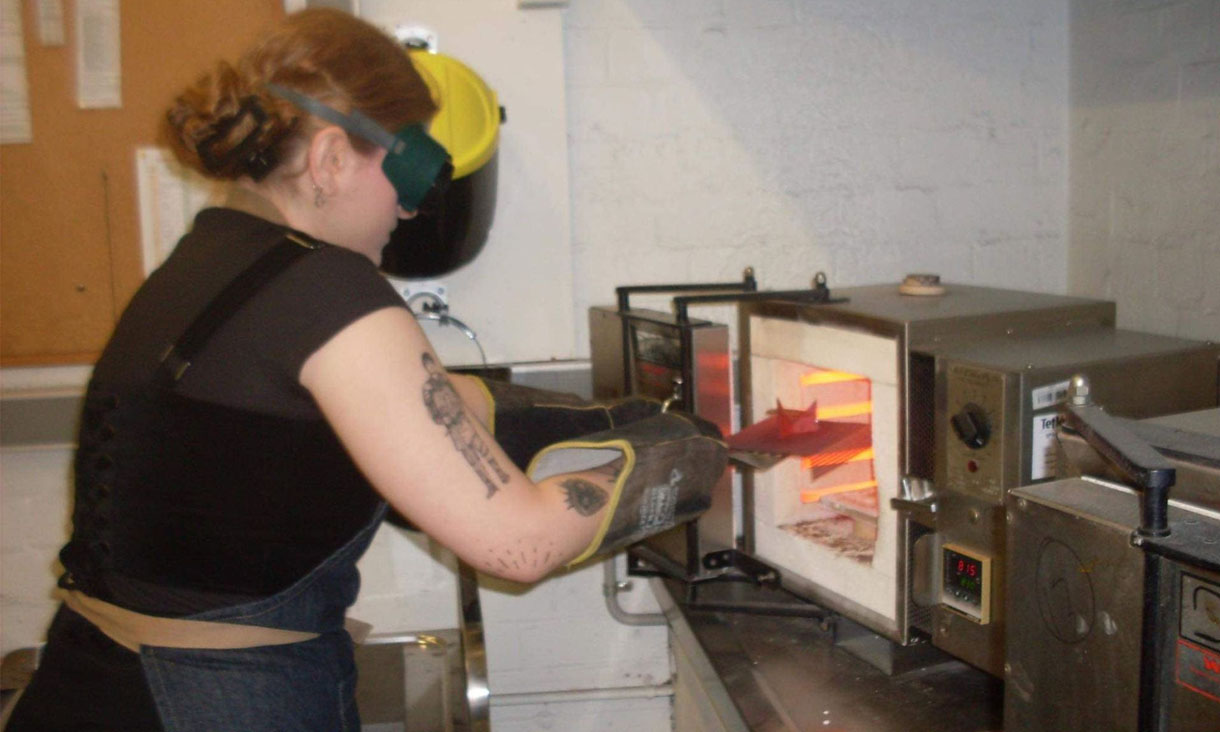A new study into the incomes and career lifecycles of Australia's visual arts and craft workers has revealed conditions are deteriorating.
The four-year study led by RMIT University with the University of Melbourne and several peak arts bodies found workers are abandoning the sector, largely because of unstable employment, below average salaries and lack of support.
Nearly half of the respondents to a 2024 survey said they'd participated in unpaid arts work; 63% reported feeling very or moderately stressed about their ability to pay for essential goods and services.
Lead author Professor Grace McQuilten from the School of Art said women and people from culturally and linguistically diverse backgrounds were among the most affected.
"The arts are supposed to be a voice of our diverse community and vibrant democracy but we risk losing that if artists can't continue their careers," she said.
"Funding is enabling arts activity but it's not addressing pay and conditions for artists at the bottom of the food chain.
"Instead, funding is going to large arts organisations and established galleries while struggling individual artists can only get smaller grants."

The study found conditions are deteriorating for Australia's visual arts and craft workers.
Researchers uncovered a significant gender pay gap across the workforce, of which 74% identified as women.
Among visual and craft artists there was a 47% gender pay gap in 2024, whereas among roles like curators, gallery staff and educators, the gap was 23%.
This was much higher than Australia's gender pay gap of 11.5% in 2024, which was based on base pay for full-time workers, according to the Australian Bureau of Statistics.
The average income from visual art or craft practice in 2023-24 was $13,937; male artists reported an average income of $23,130, female artists $12,330 and non-binary artists $14,074.
McQuilten said many arts and craft workers, much like gig-economy workers, were falling through the cracks.
"We know a lot of people dropped out of the visual arts sector in the past five years," she said.
"Much like workers in the gig economy, artists and arts workers often don't know which awards and agreements they're covered by, if any."
To help turn things around, the report recommends expanding and improving the existing award coverage for arts workers, which sets out minimum wages and conditions.
It also suggests mandating the application of the National Association of the Visual Arts' Code of Practice for Visual Arts, Craft and Design in all funding contracts to make them better protect artists' pay and conditions.
Already endorsed by the federal government through the National Cultural Policy, Revive, the report urges this be taken further by embedding the Code as a requirement across all publicly funded arts programs.
McQuilten said unpaid work was widespread in the visual arts sector and called for an investigation into whether tasks currently done voluntarily should be paid.
"There must be greater, more transparent recognition of the amount of unpaid labour in the arts, and a commitment to moving away from this model," she said.
The report also suggests more arts education funding, given the large number of artists and arts workers who report secondary employment in that sector.
"Boosting investment in visual art and craft education leads to higher incomes and more jobs for artists and arts workers," said McQuilten.
Visual Arts Work is an Australian Research Council Linkage project led by researchers from RMIT University and The University of Melbourne, with industry partners the National Association of the Visual Arts, and the Australian Museums and Galleries Association. Read the report: doi.org/10.25439/rmt.28693721






